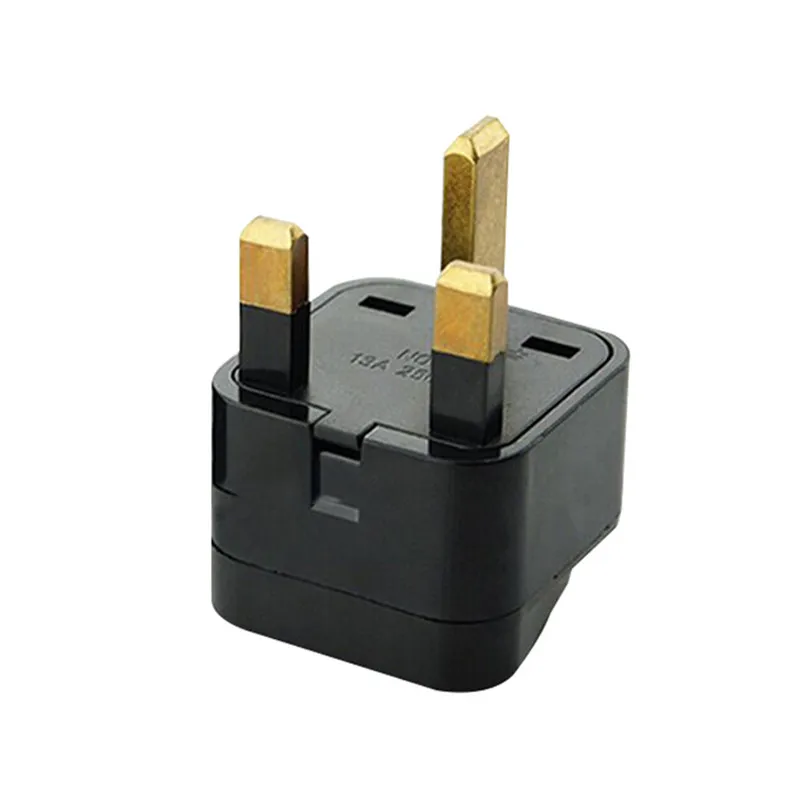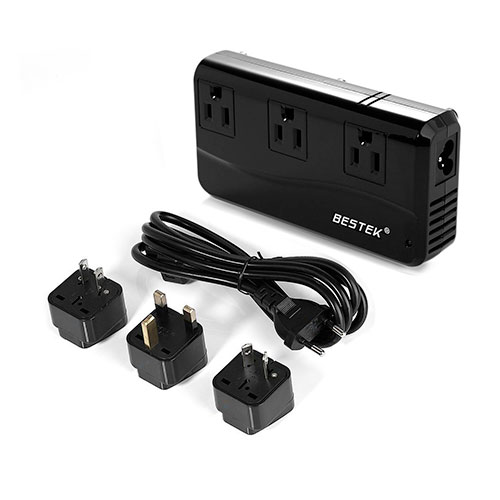



Many sockets in Europe are recessed into the wall your adapter should be small enough so that the prongs seat properly in the socket. Secure your adapter to your device's plug with electrical or duct tape otherwise it can easily get left behind in the outlet (hotels and B&Bs sometimes have a box of abandoned adapters - ask). Even on a Continent-only trip, I keep a British adapter on hand for London layovers. Adapters are inexpensive - bring a handful. (Consider replacing your appliance instead, or traveling without it.)Ī small adapter allows American-style plugs (two flat prongs) to fit into British or Irish outlets (which take three rectangular prongs) or continental European outlets (which take two round prongs). Some older appliances have a voltage switch marked 110 (US) and 220 (Europe) - switch it to 220 as you pack.Įven older devices (and some handheld gaming systems) aren't equipped to deal with the voltage difference - you'll need a separate, bulky converter. If you see a range of voltages printed on the item or its plug (such as "110–220"), you're OK in Europe. But since most modern gadgets are "dual voltage" - meaning they work on both American and European current - these days most travelers don't need to do anything more than pack a few inexpensive plug adapters.Īmerican appliances run on 110 volts, while European appliances are 220 volts. Europe's electrical system is different from ours in two ways: the voltage of the current and the shape of the plug.


 0 kommentar(er)
0 kommentar(er)
